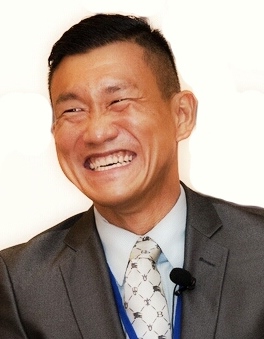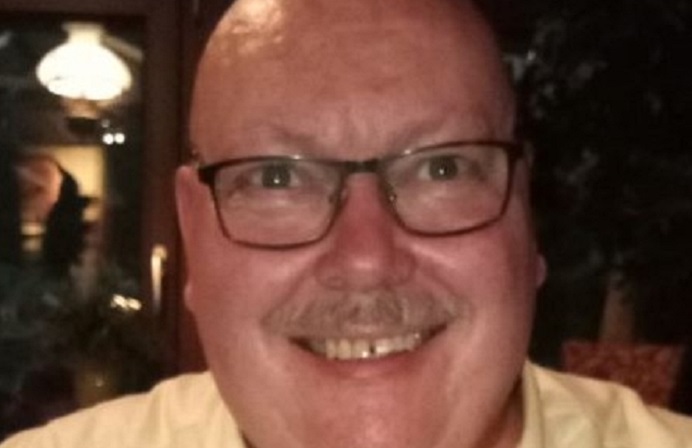
FST Media: What are your priorities for the next 12 to 18 months?
Teo: Barclays is changing. We want to make Barclays the ‘Go-To’ bank for all our stakeholders. [Internal] Control is one of the areas we are focusing our energy on. In this aspect, I hope to bring my years of experience in the regulatory environment and contribute to the programme, specifically in the area of technology risk management. This will be a good opportunity for us to strengthen our foundation so that we can sustain forward momentum.
FST Media: What will be “the next big thing” in the banking sector across Asia?
Teo: The next big thing in the banking sector is likely to be innovation. The financial sector is often seen to be lagging behind other industries when it comes to innovation. This is despite the fact this industry is one of the top, if not the top spender on technology. This goes to show innovation is not just about technology, it is very often a mindset, which is something banks have been slow to realise. But this is changing. There is strong impetus for banks to innovate so they differentiate themselves from their competitors.
One area is the increased focus on customer innovation. Most banks are in the process of redesigning customer experience – from customer touch points to systems security. There have a lot of discussion on big data and we should see these strategies being implemented next.
One interesting area is innovation in regulatory compliance, and how to comply with regulations in an efficient and effective manner.
FST Media: What will be the most significant challenge facing risk and compliance in the year ahead?
Teo: One of the trends we are seeing is regulators in the region are stepping up technology risk management expectations. The Monetary Authority of Singapore issued the new Technology Risk Management Guidelines in June 2013 and we should be seeing more regulators doing the same in the near future. It would be challenging for banks if regulators move in different directions.
FST Media: How can banks leverage big data and analytics to meet customer demand and reduce security risk and fraud?
Teo: If you look at the next big thing, data analytics is an extremely important component. Banks already have so much information about a customer. By analysing this data and translating it into useful information, banks can not only meet customers’ demand but be able to anticipate what customers need.
In terms of security and fraud, data analytics have already been used in areas such as profiling and risk scoring. Banks can take this one step further by using data they already have to predict new threats, vulnerabilities and attacks. Instead of using data analytics in one area or channel in an isolated manner, banks having big data stores can look towards using data analytics to analyse cross-platform, cross-channels data.
However, organisations should be aware that big data itself is a security risk if such data store is not well protected. The challenge is then to provide the analysis without violating rules on data protection.
FST Media: How do you encourage a culture of innovation in your team?
Teo: In 2013 we announced our newly defined purpose and values across Barclays globally. One of the values is ‘stewardship’ – we are passionate about leaving things better. This includes encouraging the team to pioneer innovative and better ways to do things. Of course, we must give the team space and opportunities to do this.
FST Media: What is your advice to aspiring security, risk or technology chiefs in the banking landscape?
Teo: Besides having the right level of technical expertise and business acumen, what is very important is to have the ability to think outside the box. Throughout my career, I have encountered numerous CISOs, CROs, CTOs, and seen the successful ones are usually those, who look at problems differently. IT security, risk, technology are becoming more of an art than a science. Not every problem requires a technical solution. Similarly, not all technology problems require a technical solution.
Of course, the one most important attribute would be – doing the right thing.
FST Media: What has been your experience in transitioning from a regulatory environment to the banking environment?
Teo: Having spent nearly 10 years with the Monetary Authority of Singapore (MAS), I had thought it would be difficult for me to return to the private sector again. I soon realised that the transition was smoother than I had imagined. There was a need for a slight change in mindset but I can quite confidently say I adapted very well in the environment. This has very much got to do with the financial sector and the regulator working collaboratively. So it does not really matter which “side” I am in.
FST Media: With respect to career development, what is the best advice you ever received?
Teo: Enjoy what you do because you will do well in what you enjoy.
FST Media: Every leader has a legacy they wish to be remembered for. What is yours?
Teo: What I want to be remembered for is not a project or one specific deliverable in the course of my work. Rather, I just want to be remembered as a person who has created a positive impact on another person – this could be my supervisor, team member, colleague or business associate. Hence, what I would be remembered for would be different for different people.





